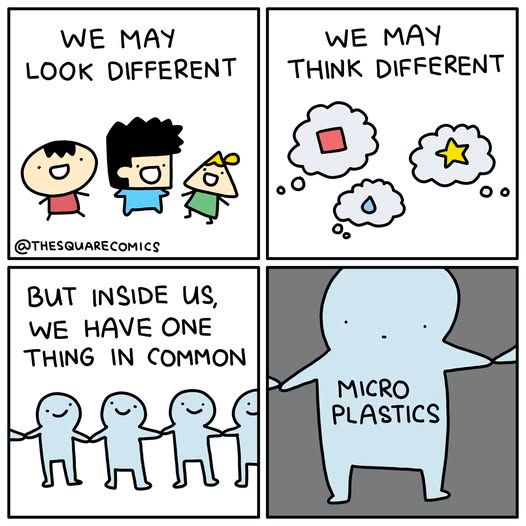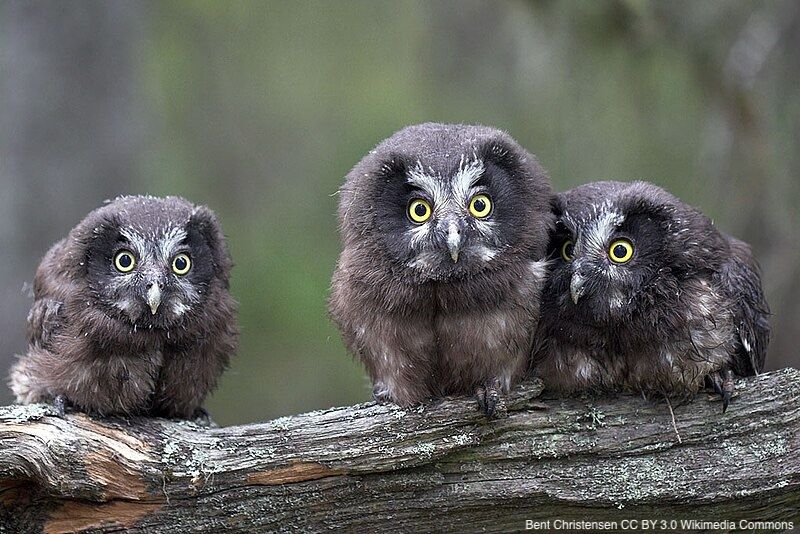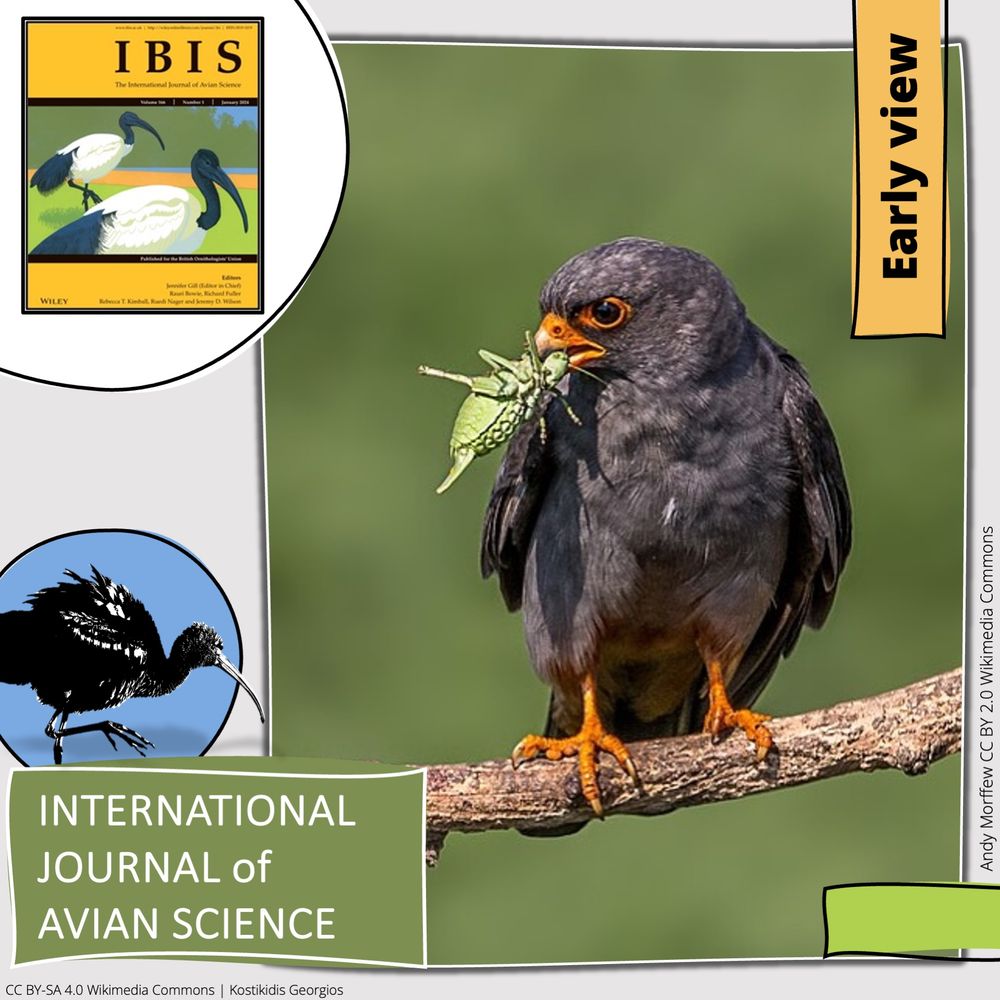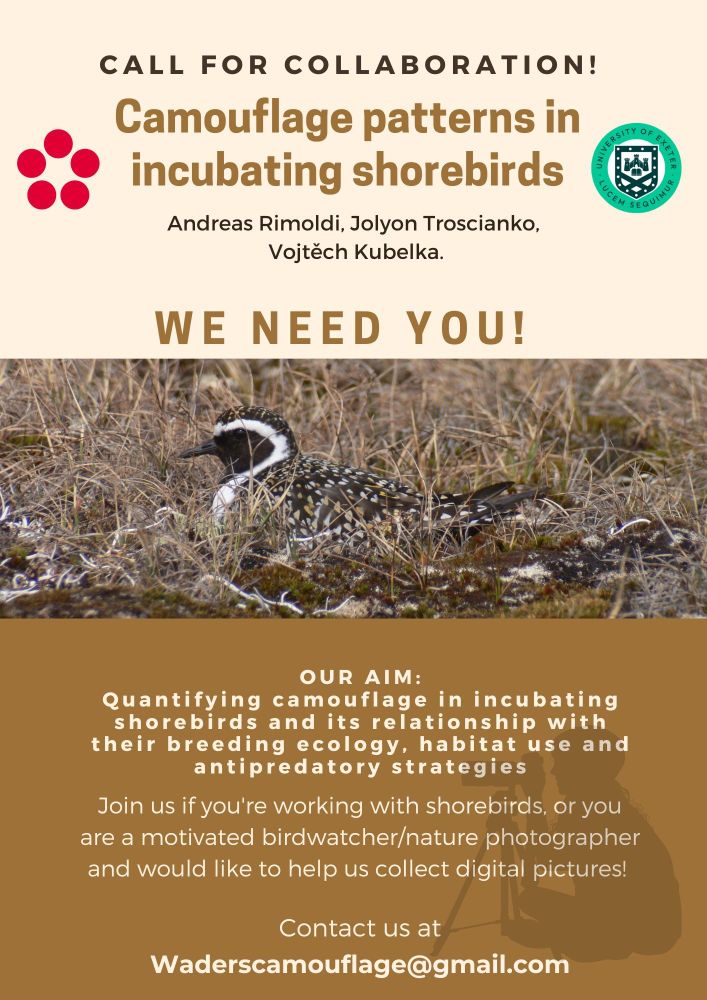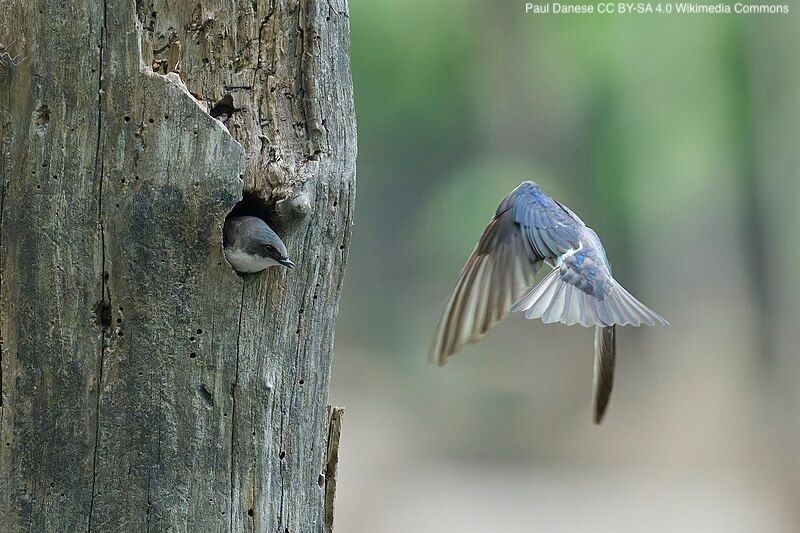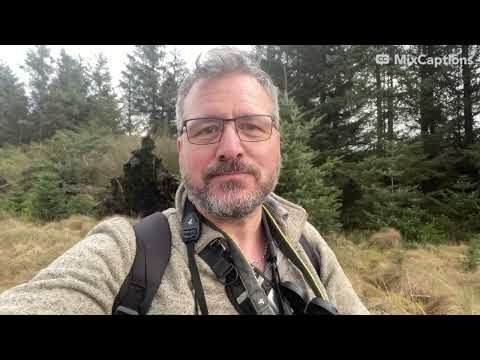Sangeeth Sailas
@sangeeth-sailas.bsky.social
140 followers
170 following
9 posts
PhD student @JihocekaUni studying ecology of raptors 🦉🦅 Mortality - Foraging ecology - Interspecific interactions
Formerly @SACON, India.
https://scholar.google.com/citations?user=zKe_e1EAAAAJ&hl=en
Posts
Media
Videos
Starter Packs
Reposted by Sangeeth Sailas
Reposted by Sangeeth Sailas
Reposted by Sangeeth Sailas
Reposted by Sangeeth Sailas
Reposted by Sangeeth Sailas
Reposted by Sangeeth Sailas
Reposted by Sangeeth Sailas
BOU
@bou.org.uk
· Jul 8
Reposted by Sangeeth Sailas
Reposted by Sangeeth Sailas
Reposted by Sangeeth Sailas
Reposted by Sangeeth Sailas
Reposted by Sangeeth Sailas
Reposted by Sangeeth Sailas
Reposted by Sangeeth Sailas
BOU
@bou.org.uk
· Feb 25

Raptor Poisoning in Europe between 1996 and 2016: A Continental Assessment of the Most Affected Species and the Most Used Poisons
La exposición a los pesticidas es una de las amenazas de mayor alcance para las aves rapaces. Recopilamos datos sobre envenenamiento de aves rapaces en 22 países europeos, abarcando 3196 incidentes de envenenamiento reportados que afectaron a 4437 aves rapaces envenenadas de 37 especies entre 1996 y 2016. Las aves rapaces más comúnmente envenenadas fueron carroñeras obligadas o facultativas, pero su contribución proporcional al número total de rapaces envenenadas varió de un país a otro. Los ratoneros, las águilas, los buitres y los milanos juntos representaron el 85% de las aves rapaces envenenadas. Sobre un total de 4437 aves rapaces, Buteo buteo (46%), Gyps fulvus; (12%), Haliaeetus albicilla (9%), Milvus milvus (7%) y Circus aeruginosus (5%) fueron las más frecuentemente afectadas por los pesticidas. De las especies documentadas, seis están amenazadas a nivel mundial y 15 están disminuyendo a nivel mundial según la Lista Roja de la Unión Internacional para la Conservación de la Naturaleza. En total, se detectaron 41 pesticidas de forma independiente, y 34 pesticidas combinados. Se notificaron carbofuranos y aldicarb en el 55% y el 14%, respectivamente, de las aves rapaces envenenadas con detección de una sola sustancia, y en el 57% y el 18% de las aves rapaces envenenadas con múltiples sustancias. Más de la mitad de las aves rapaces envenenadas con carbofurano y aldicarb se reportaron después de las prohibiciones comerciales de estas sustancias. El carbofurano fue el veneno más comúnmente detectado en cuatro grupos de aves rapaces con diferentes dietas. De 1589 aves rapaces envenenadas con carbofurano como sustancia única, el 88% fueron categorizadas como carroñeras facultativas. Los casos de envenenamiento con fechas conocidas alcanzaron su punto máximo en marzo–abril, con el 37% de las 3566 aves rapaces envenenadas durante este tiempo. El envenenamiento de carroñeros facultativos alcanzó su punto máximo en marzo–abril, mientras que la estacionalidad del envenenamiento en otras rapaces estuvo menos claramente definido. Concluimos que el uso generalizado de plaguicidas que afectan a las aves rapaces en Europa y la gama asociada de especies afectadas sugieren que pueden haber implicaciones para la reducción de los servicios ecosistémicos que estas aves proveen. [Traducción del equipo editorial]
doi.org
Reposted by Sangeeth Sailas
Reposted by Sangeeth Sailas










